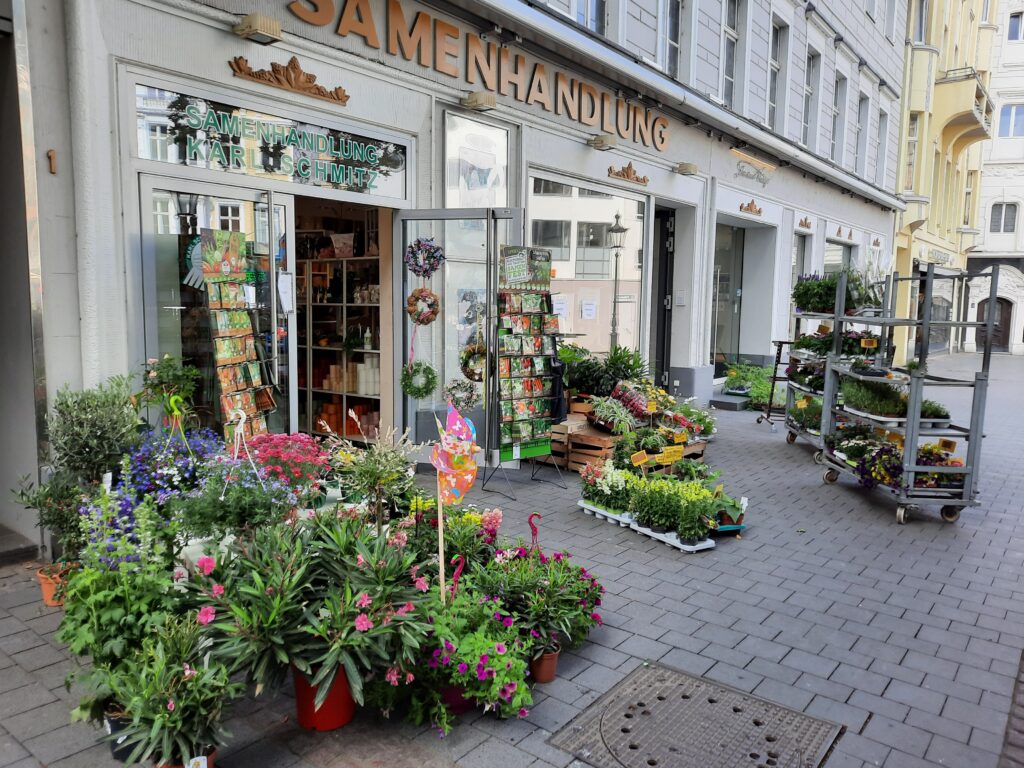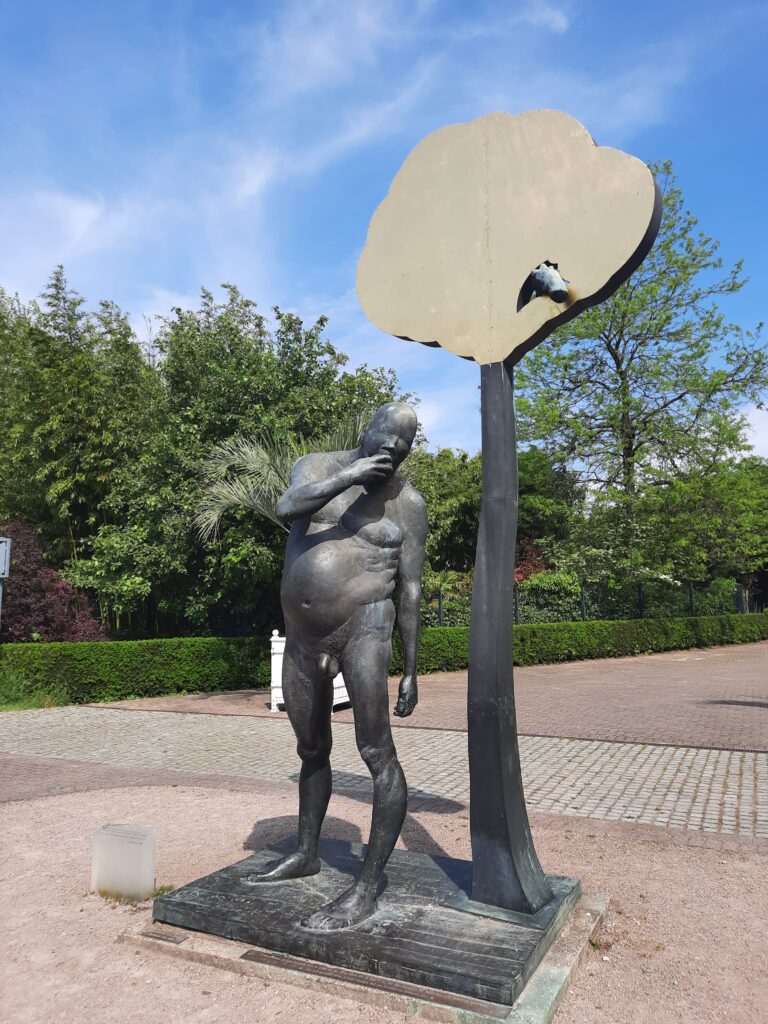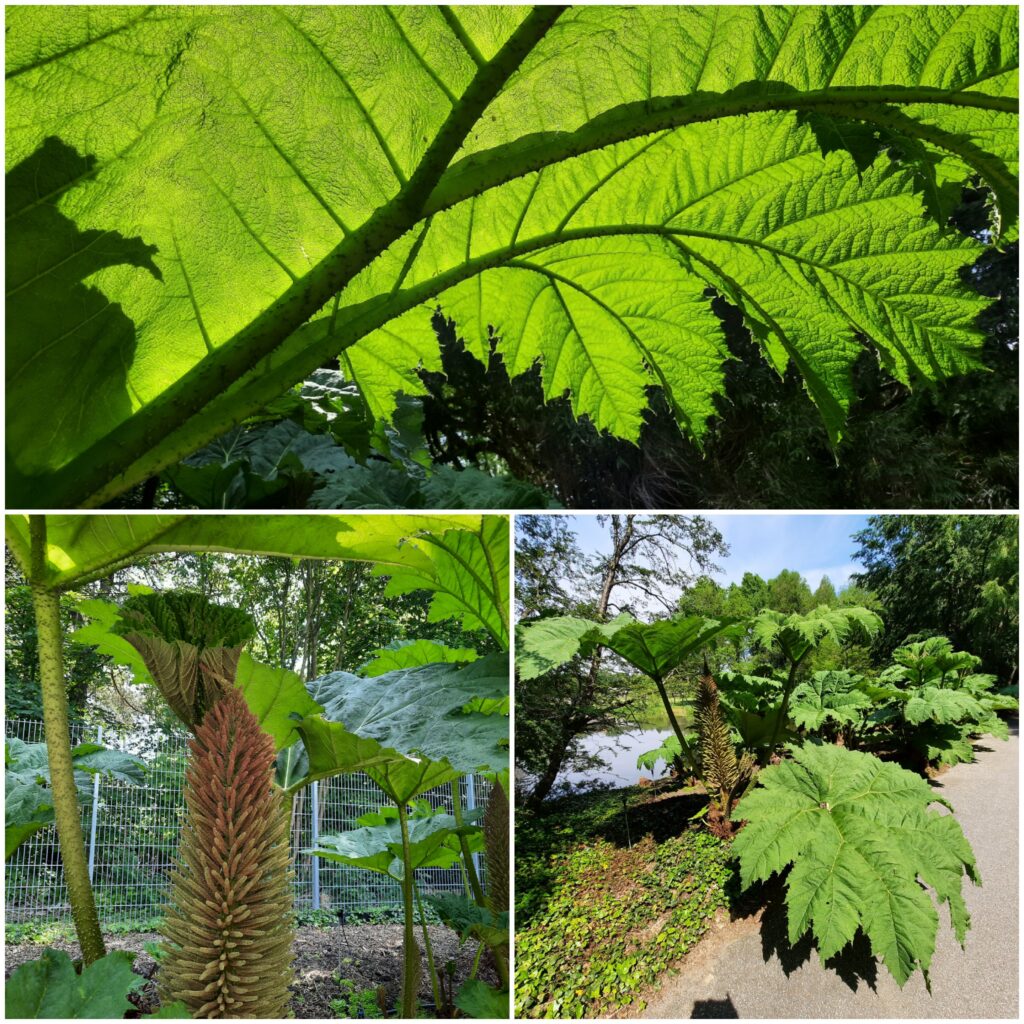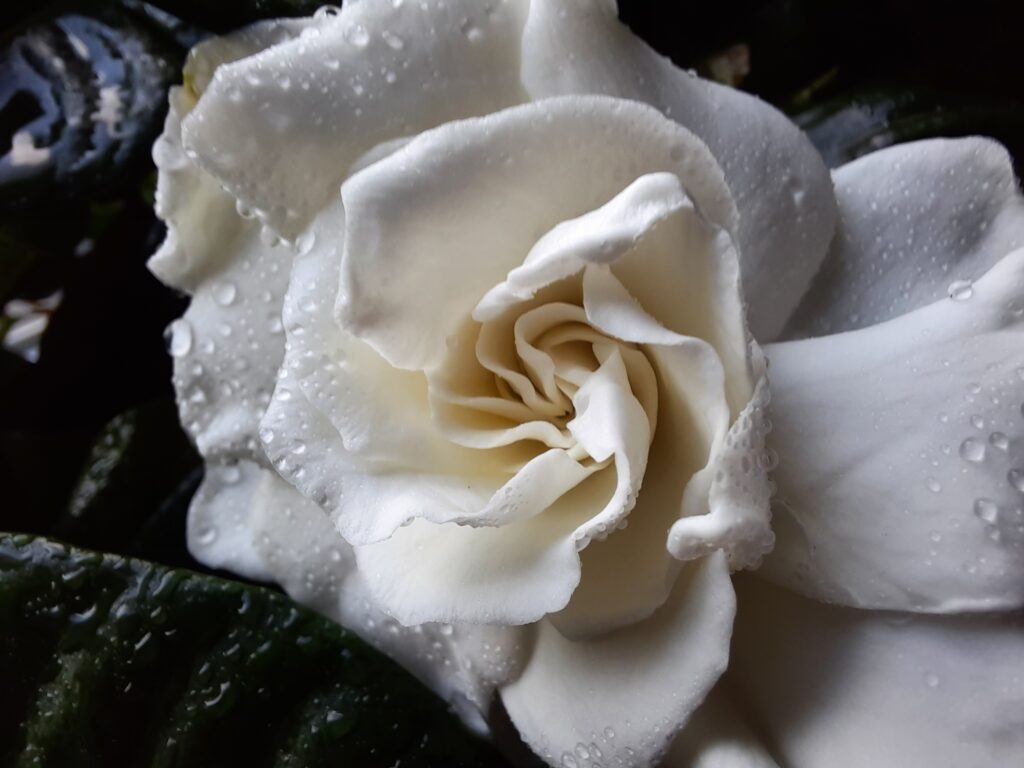Ich glaube, was im Rückblick tatsächlich auffällt, ist, dass ich viele, die ich damals gelesen habe, heute immer noch lese. Man liest sich. Immer noch. Man hat sich ein halbes Leben lang gelesen. Ich habe mehr Alt-Blogger, denen ich auf Twitter folge als Wikipedianer, obwohl ich dort jahrelang extrem aktiv war.
Ich kam zum dem, was man heute Bloggen nennt durch ein Seminar über Selbstzeugnisse an der Uni und ich recherchierte zu Online-Tagebüchern. In einem anderen Seminar stritt ich mich mit dem Professor darüber, ob ich auf seinem Lernmanagement-System (damals neu und der heiße Scheiß) eigene Texte publizieren dürfe. Ich durfte nicht und so kaufte ich mir ein Buch und lernte eine Beschreibungssprache: HTML. Und so kam ich zu meinem eigenes erstes Online-Tagebuch. Ich hatte zu Hause keine Internetverbindung, fuhr also eine halbe Stunde U-Bahn, um via FTP etwas in die Umlaufbahn zu pusten. Dann entdeckte ich Webringe. Und damit meinen ersten Blogger, der damals noch gar kein Blogger war: Bov Berg.
Wie genau ich zu Antville kam, weiß ich gar nicht mehr. Der Name meines Blogs kam von meiner damaligen Arbeitsstätte, die im Souterrain lag: Kellerkind, Bogenallee 11. Kebo11. Irgendwann zog ich auf eine eigene Domain, da aber auf Antville alles ziemlich locker war, überließ ich mein Blog einfach Herrn Prisac, der da eine Weile weiter schrieb.
Woran ich mich erinnere: An den Selbstmord von blue und Praschls langen Text hinterher. Der ewige anödende Streit, was ein Weblog nun sein sollte und wozu es zu gebrauchen wäre. Und Godanys schöner Satz dazu: „Was ein Weblog ist, ist mir eigentlich wurscht, dies ist jedenfalls meins“. Blogmich05 und die CD von Kris, die ich immer noch habe. Und KerLeone las vor und ich las auch vor. Die Großkopferten lasen natürlich auch vor, Hammerschmitt und so. Und da saß ich dann mit der stattkatze auf einer Decke auf dem Fußboden und war hinterher mit Ronsens und Jens Scholz in irgendeinem Berliner Laden, soweit ich weiß.
Persönlich mochte ich an den Blogs die (oft) langsamen Gespräche, die sich über Tage hinzogen. Einer schrieb etwas, der erste Kommentar vielleicht eine Stunde später, weitere stiegen ein, wieder eine zeitlang später, das zog sich dann so die ganze Nacht, manchmal über Tage. Überhaupt, dass man Texte redigieren kann. Und über einen längeren Zeitraum schreibt. Obwohl es natürlich auch die schnellen Dinger gab (die wären heute Schneckenlauf). Und vielleicht war man auch einfach nur jung: Neue Menschen waren interessant, neue Themen waren interessant und das ganze Ding war neu und man wusste nicht in welche Richtung es läuft. Man war Pionier und man war die Generation, die diese Digitalisierung kennzeichnete und die sie voran trieb.
Irgendwann verschwanden immer mehr Blogger Richtung Twitter, ich meldete mich auch an, ließ den Account aber 9 Jahre lang liegen. Es war nicht mein Ding. Hektisch und fragmentiert, mit unerträglichen Aufregungswellen. Mittlerweile habe ich dort auch Kurztexte schätzen gelernt, wenn der/die Poster gute Erzähler*innen sind. Und Menschen verbandeln sich da immer noch, wie sollte es auch anders sein.
Antville erinnert mich vor allem an eine bestimmte Zeit, in der das Netz noch unverbraucht war (oder man es im Nachhinein so schönredet). Dafür: Danke, Antville, will always remember you!

















